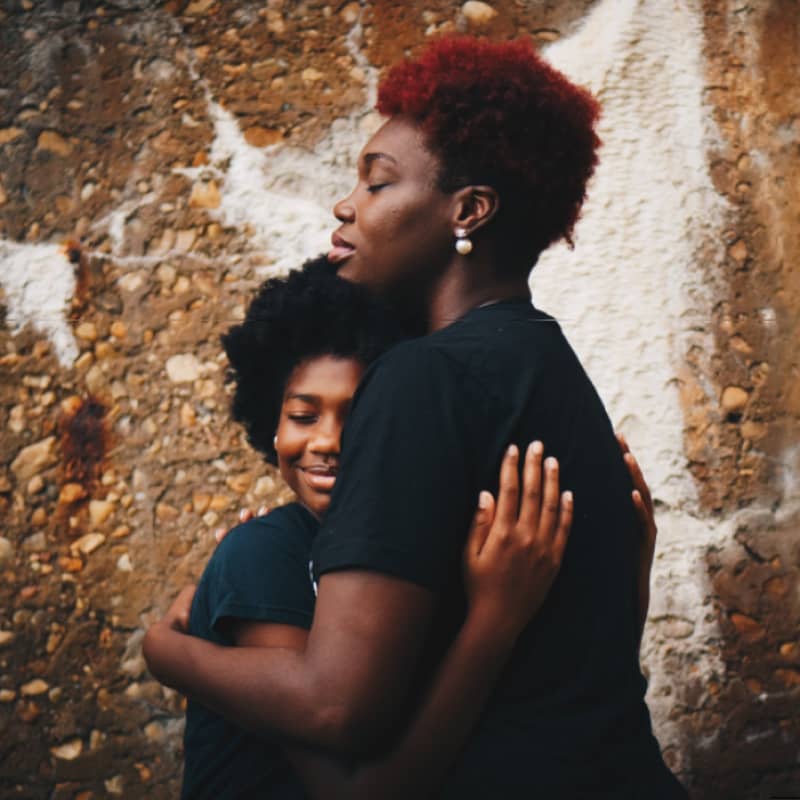As society becomes more aware of the challenges faced by LGBTQIA+ individuals, the term “microaggressions” has emerged to describe subtle, often unintentional comments or actions that convey bias or discrimination. For parents of LGBTQIA+ children, understanding and minimizing these microaggressions is crucial in fostering a supportive and affirming environment. Here are some key strategies for parents to consider.
1. Educate Yourself and Others
Understanding the LGBTQIA+ community’s terminology and experiences is essential. Educate yourself about gender identities, sexual orientations, and the unique challenges LGBTQIA+ individuals face. This knowledge will help you communicate effectively and compassionately with your child.
Encourage family members and friends to educate themselves as well. Share resources, articles, and books that provide insights into LGBTQIA+ experiences. By creating a more informed support network, you can reduce the likelihood of microaggressions arising in conversations.
2. Practice Active Listening
When your child expresses their feelings or experiences, practice active listening. This means fully concentrating on what they’re saying without interrupting or jumping to conclusions. Validate their feelings by acknowledging their experiences and emotions, even if they differ from your own.
For example, if your child shares a negative experience related to their identity, avoid dismissing it with comments like, “It’s not that bad” or “You’ll get over it.” Instead, ask open-ended questions to encourage them to share more about their feelings and experiences.
3. Avoid Stereotypes and Assumptions
Microaggressions often stem from stereotypes and assumptions about LGBTQIA+ individuals. Be mindful of the language you use and avoid making assumptions based on your child’s identity. For instance, don’t assume your child will fit into a specific stereotype associated with their sexual orientation or gender identity.
Instead, encourage your child to express their individuality. Celebrate their unique interests and preferences without imposing traditional gender norms. By doing so, you empower them to embrace their identity fully.
4. Create a Safe and Affirming Environment
Ensure that your home is a safe space where your child feels comfortable expressing their identity. Display LGBTQIA+ affirming symbols, such as rainbow flags or decals, to communicate that your home is a supportive environment.
Engage in open discussions about LGBTQIA+ issues, and encourage your child to talk about their identity, experiences, and feelings. By fostering a culture of acceptance, you can help your child feel valued and understood.
5. Address Microaggressions When They Occur
When microaggressions happen, whether from family, friends, or even strangers, address them directly. If a family member makes an inappropriate comment, calmly explain why it’s harmful and how it affects your child. Use these moments as opportunities to educate and foster understanding.
Encourage your child to speak up if they feel comfortable doing so. Empowering them to address microaggressions can help build their confidence and assertiveness.
6. Be an Advocate
Be an active ally for your child by advocating for LGBTQIA+ rights in your community. Support organizations and initiatives that promote equality and inclusivity. Your advocacy can help create a broader culture of acceptance and reduce the prevalence of microaggressions.
Participate in community events such as Pride parades or LGBTQIA+ awareness campaigns. Your presence shows your child that you support their identity and are committed to fighting against discrimination.
7. Encourage Open Dialogue
Finally, encourage an open dialogue about microaggressions. Create a safe space for your child to discuss their experiences with microaggressions, how they feel about them, and what they need from you as their parent.
Ask your child how you can support them better and be receptive to their feedback. This collaboration can strengthen your relationship and help you understand their unique needs and experiences.
Conclusion
Minimizing microaggressions towards your LGBTQIA+ child requires commitment, education, and open communication. By creating a supportive environment and actively addressing biases, you empower your child to embrace their identity confidently. Your efforts can significantly impact their well-being, helping them navigate a world that can sometimes be unkind. Remember, love, acceptance, and understanding are the foundations of a nurturing relationship with your child.




